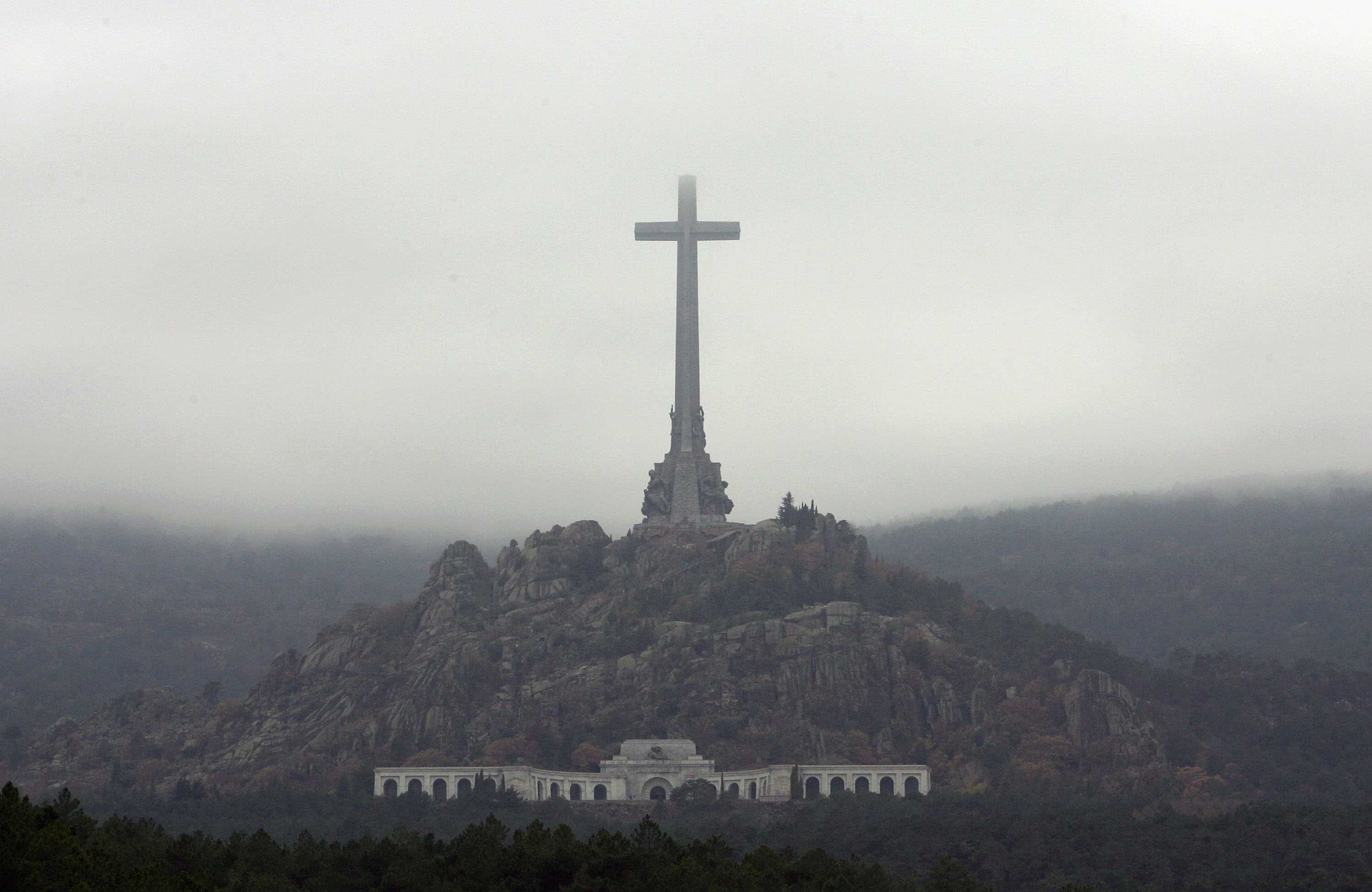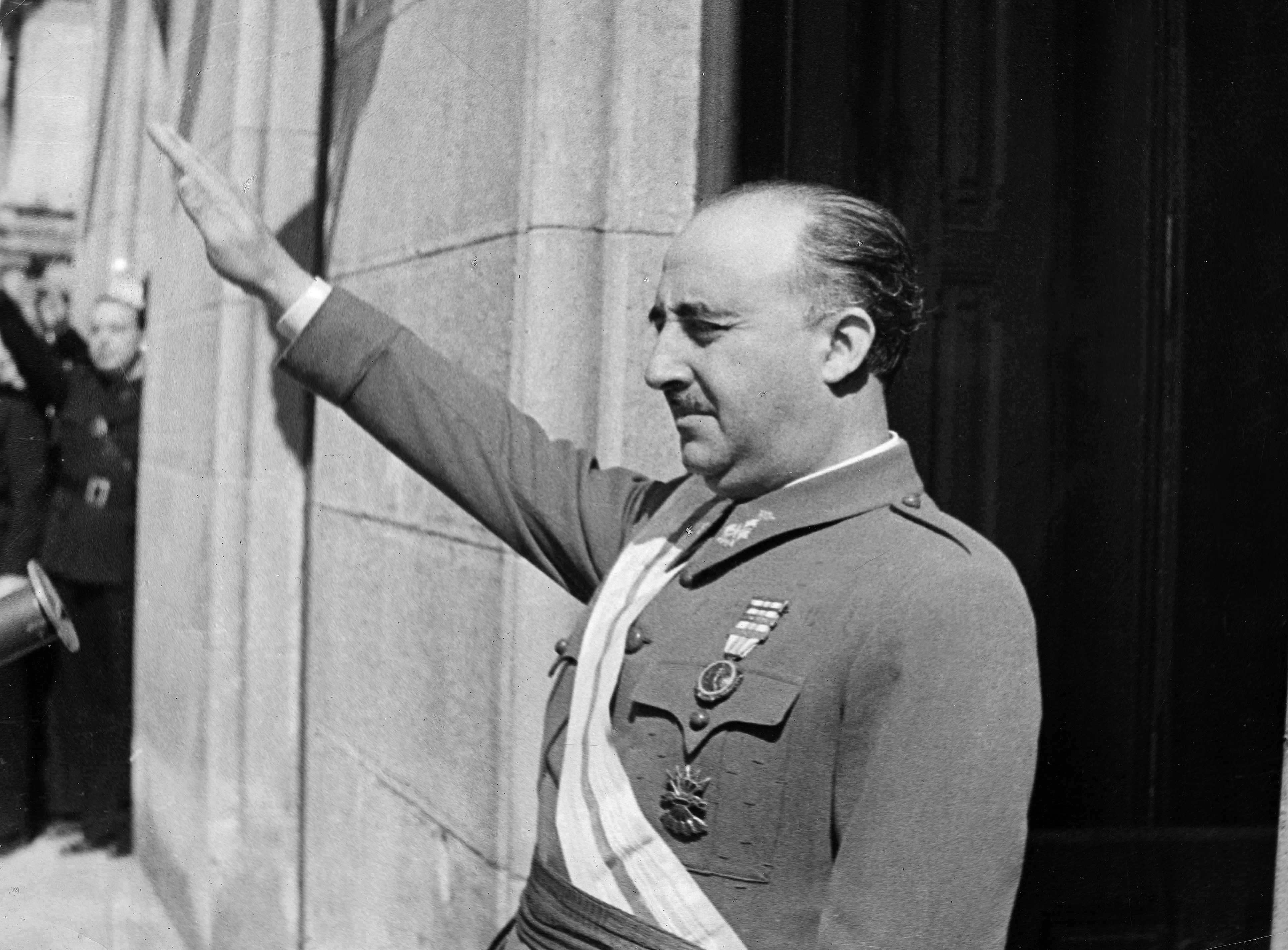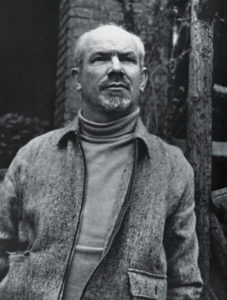The exhumation of the remains of Spanish Dictator Francisco Franco began this Thursday morning from his mausoleum at the Valley of the Fallen, after a long and bitter legal battle. His remains were transferred to the nearby Mingorrubio state cemetery, where his wife, Carmen Polo, is buried. The move has long been controversial between Franco supporters and those who view the burial site as a stain on the newly democratic nation. Declared a top priority by Spanish Prime Minister Pedro Sánchez, the exhumation was met with fierce resistance from Franco’s grandchildren. After years of legal hurdles, Spain’s Supreme Court recently dismissed Franco’s family’s objections, allowing for the exhumation to proceed.
From 1936 to 1939 the bloody conflict saw roughly 500,00 people killed, dividing the country between Republicans, a leftist faction, and the Nationalists, a right-wing contingent backed by Franco. The Valley of the Fallen holds the remains of approximately 34,000 people killed on both sides of Spain’s Civil War, many still unidentified.
The civil war is regarded by many historians as a proxy war between Germany, the Soviet Union, and to some extent, Great Britain and France, and a prelude to World War II some three years later.
And while horrific atrocities abounded on both sides during the war, the Nationalists are estimated to have killed tens of thousands more people outside of combat as the Republicans. After coming to power, Franco’s regime executed upward of 15,000 opponents – many of those victims lying within the very mausoleum in which Franco formerly resided.

Opponents to the removal are calling the exhumation a political ploy to curry votes in Spain’s fourth general election taking place on November 10. While those critical of having Franco’s remains interred at the Valley of the Fallen, on the outskirts of Madrid, feel as though the mausoleum had become a symbol of his rule, commemorating a dark past and the man who controlled Spain with an iron hand for nearly four decades.
“The dictator cannot be in a state tomb” stated Carmen Calvo, the deputy prime minister in the caretaker Socialist Cabinet. Adding that the relocation meant “ending with dignity something that was not dignified 40 years later.”
Assessing its painful history remains an unsettled issue in Spain – while some remain hopeful that as Franco’s casket is transported via helicopter to Mingorrubio cemetery, “the marginalization that the victims of the Francoist dictatorship have suffered for 40 years” commented Fernando Martínez, the first Justice Ministry official assigned to handle historical memory issues, can somewhat, if imperfectly, come to a close.





